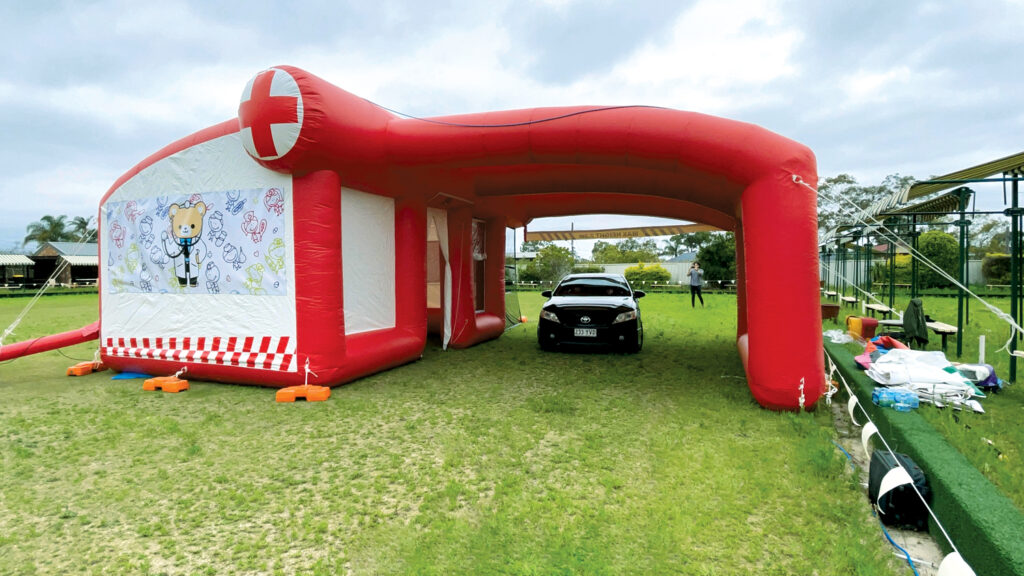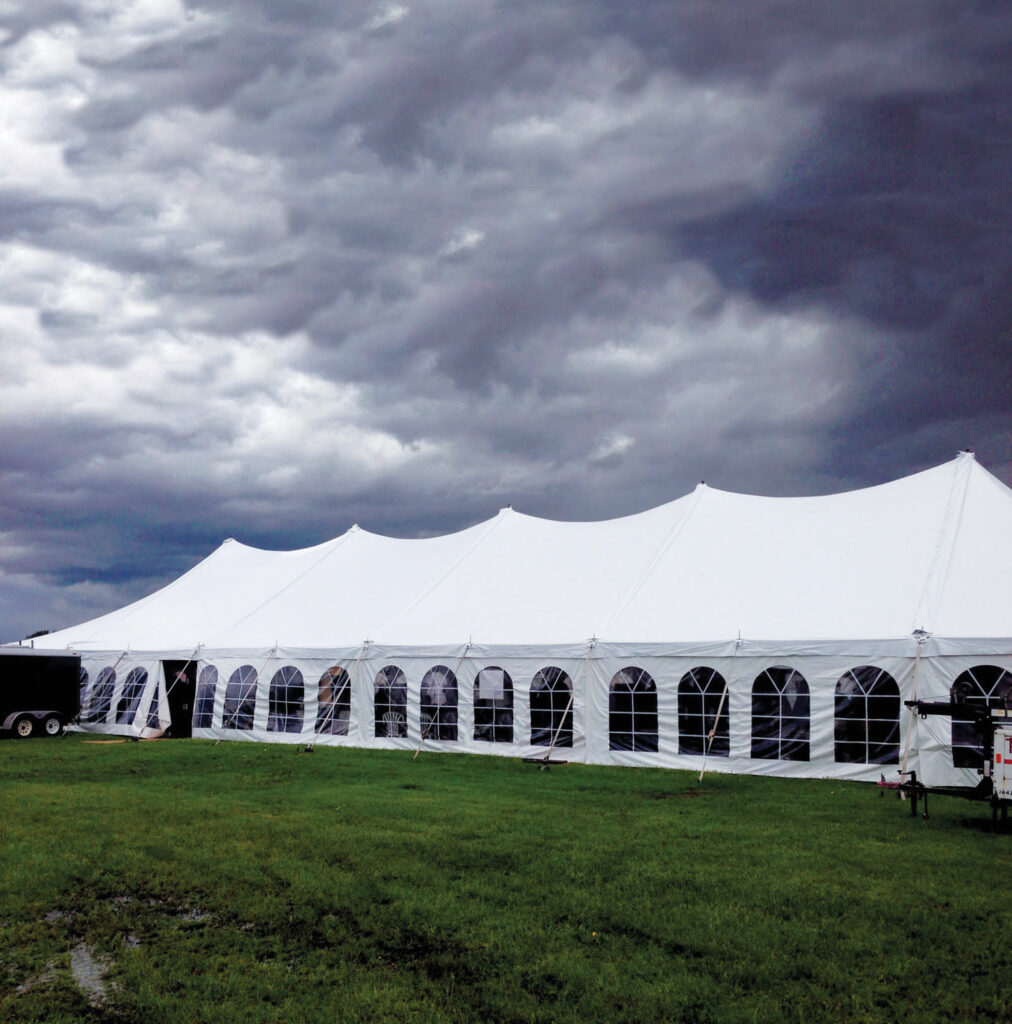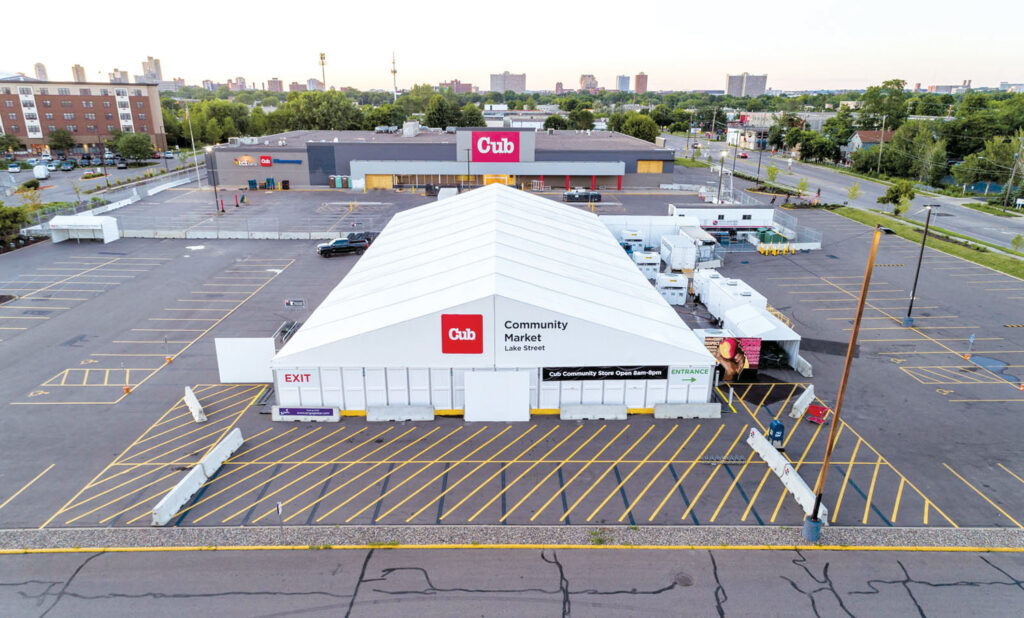
Every three years the International Code Council® (ICC®) publishes a new set of International Codes®. These include the International Building Code® (IBC®) and the International Fire Code® (IFC®). The latest edition year of the ICC codes is the 2024 set. Advanced Textiles Association (ATA) participates in the hearings that are part of the code development process through the ATA Code Committee, and as ATA’s code consultant, I can submit any needed revisions for discussion and review. Other organizations involved in the codes process are those that regulate construction, so there are opportunities to support or oppose proposed revisions from these groups. A lot of committee activity is actually in this area, trying to gain support or opposition from other influential groups.
This article describes significant revisions within the 2024 IBC that are related to ATA member concerns and, briefly, proposed revisions for the 2027 IFC.
Readability format change
First, there is a big change to the formatting of the ICC codes. For many years, due to the volume of code requirements, ICC published them in a two-column format. The 2024 (and later) editions will be in single-column format to improve readability, especially online. Also, ICC used to identify revisions, additions or deletions by various markings in the margins. Those margin markings will no longer be used. A QR code will be used instead to provide the reader with the revision history. This encourages the purchase of the ICC codes as opposed to using free read-only versions since those versions will not include the added information.

Temporary structures revisions
The biggest revisions for the ATA audience—and welcome ones—are found in the structural requirements for temporary structures in Chapter 31 of the IBC. In earlier code editions, temporary structures had a 180-day limit, as mandated by the IFC. This time limit has increased to a maximum of one year for public-occupancy temporary structures (POTS). The pandemic regulations imposed by local, state and federal governments were a big reason for the revision to this time limit, one that this association has been promoting for some time.
The other major changes involve loading. Section 3103.6 contains the revisions for all loading conditions for temporary structures. In the past, many temporary structures have been subject to the full loading conditions of permanent buildings, but that has now been amended. The structural code criteria for POTS are reduced for all the loading conditions listed in ASCE 7, published by the American Society of Civil Engineers. There is an exception that allows for a registered design professional to use reduced live loads given a rational analysis where a building official finds such reductions are acceptable. These are calculated as a percentage of what is required for a permanent structure.
• Snow loads, when applicable, are found in Section 3103.6.1.1. New Table 3103.6.1.1 provides reductions based on the assigned risk category of the use and the service life of the temporary structure. Risk category determination is based on the importance of the structure or number of people within. For example, the new table will allow the use of 70% as the reduction factor. An exception allows up to a reduction factor of 65% in design snow loads when occupancy control measures are in place. Occupancy control measures include anchoring the structure to mitigate issues; monitoring snow, ice, wind and other conditions before and during occupation; and evacuating the public if necessary.
• Wind loads were perhaps the most debated set of reductions. These are in the following section, 3103.6.1.2. Interestingly, a completely independent report by S. K. Ghosh Associates Inc., a subsidiary of the ICC, provided research that was very helpful for establishing this loading condition. As with the criteria for snow, an exception was included to allow the use of a reduction factor of 65% when occupancy control measures are in place. The new table, Table 3103.6.1.2, is set up like the previous table and is also based on risk categories and service life. Tom Markel, former Tent Rental Division (TRD) representative to the ICC, had been trying to implement such wind reductions in a variety of ways and really set the stage for the ASCE ad hoc work group to draft and ultimately be successful in the inclusion of these reduced wind loads.
• Flood and, believe it or not, tsunami loads have their own sections: Sections 3103.6.1.3 and 3103.6.1.6, respectively. Both loading conditions do not have to be considered, but occupancy control measures need to be in place.
• Seismic loading is found in Section 3103.6.1.4 and allows for a set reduction factor of 75% in Seismic Design Categories (SDC) C through F. These classes correspond to specific building occupancy group types and involve a minimum of moderate shaking. Projects located in SDC A and B—minor and moderate shaking possible, structures where there’s a low hazard to human life—do not need to consider seismic loading.
• Ice loading is also listed in Section 3103.6.1.5 for a maximum thickness of ½ inch for all risk categories. During times where ice is not expected or in non-icy conditions, no additional loading for ice is required as long as either the structural design is sufficient or occupancy control methods are in place.
Controlled-occupancy procedures are listed in the same section of the codes (3103.8). An operations management plan is necessary that complies with American National Standards Institute (ANSI) ES1.7 that lists the various environmental conditions where evacuation is required.
The proposal planned for the IFC in the code development cycle for the 2027 edition is to coordinate with the criteria in the 2024 IBC. There are a few other items, but this is the most significant revision for the temporary structure industry. This applies to all temporary structures, not just tents.

More meetings, chances to comment
The last change is to the ICC code development process. ICC maintains its code-change process with two sets of committee hearings for each ICC code and a single membership hearing during this three-year period. But it has now implemented a two-committee hearing process for codes in development groups A and B—which refers to where they are in the revision process—with a single ICC membership action at the beginning of year three of the cycle. In other words, there will be more meetings to attend moving forward, but this gives industry and other interested parties more opportunity to work on improving proposals for all ICC codes.
Paul Armstrong, P.E., C.B.O., serves as ATA’s code consultant. With more than 30 years of building safety management experience, he teaches regularly for California Building Officials (CALBO) and has developed several CALBO training courses. As a certified building official, he managed building plan review, counter assistance and inspection for Southern California agencies. Additionally, he was responsible for development of new business for inspection and plan review services for jurisdictions across the United States. His previous experience at the International Code Council (ICC) included leading the Architectural and Engineering Services Department and International Conference of Building Officials (ICBO) Technical Services Department. He can be reached at paul.armstrong@pacodeservices.com with any questions or comments about the proposals.
SIDEBAR: Updated PAMA guide released
Last winter, The Professional Awning Manufacturers Association (PAMA), a division of the Advanced Textiles Association, revised All About Fabric Awnings: A Guide for Architects, Design Professionals, and City Officials for the first time in more than a decade. The new 28-page guide features information about the process behind planning and designing awnings safely and aesthetically, including a summary of building codes; shapes and styles of shade features; design considerations, such as framing, stability and attachments and types of design loads, including wind and snow loads; types of materials; and more.
Anyone involved in the awning and building design industries can benefit from using the brochure, from long-timers needing a handy, quick reference guide to those new to the business looking for an introduction to the basics. Companies can also distribute the guide to employees or share it among those involved in a project to ensure that everyone uses consistent terminology. PAMA members can download the All About Fabric Awnings brochure at awnings.textiles.org/all-about-awnings and find other resources at awnings.textiles.org.
Questions? Email Christine Gerard at christine.gerard@textiles.org or Tim Kellogg at tim@capitalcityawning.com.
 TEXTILES.ORG
TEXTILES.ORG


